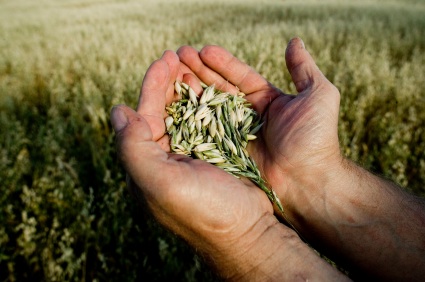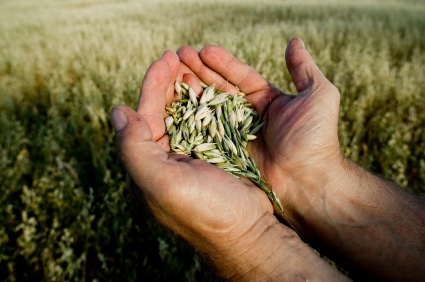 Land is where the food isGlobally, farmland — and just as critically, water on that land — is disappearing at an alarming rate. Approximately 50 million acres vanish each year to urbanization, population growth, and economic and industrial development. So what are countries doing in response? Looking to buy or lease fertile land in parts of the developing world, where property is cheap and governments are eager for foreign investment.
Land is where the food isGlobally, farmland — and just as critically, water on that land — is disappearing at an alarming rate. Approximately 50 million acres vanish each year to urbanization, population growth, and economic and industrial development. So what are countries doing in response? Looking to buy or lease fertile land in parts of the developing world, where property is cheap and governments are eager for foreign investment.
For example, Cambodia has entered land-for-oil talks with Kuwait and Qatar, and Laos has signed away 15 percent of its arable land. Yet both Cambodia and Laos have large food-insecure populations — and both receive aid from the World Food Program. What will become of the subsistance farmers who will be displaced?Should food-insecure nations really be bargaining away farmland at a time of increasingly volatile food markets and climate change that could affect agricultural productivity?
I’ve been thinking through these issues for two recent pieces in Seed magazine. The first piece explores the trend in broad brushstrokes, and the second is a case study of the Kenya’s Tana River Delta, where Qatar is vying for land. Look for this story to break into the mainstream media after Joachim Von Braun, director of the International Food Policy Research Institute delivers a press conference today in Washington DC.



